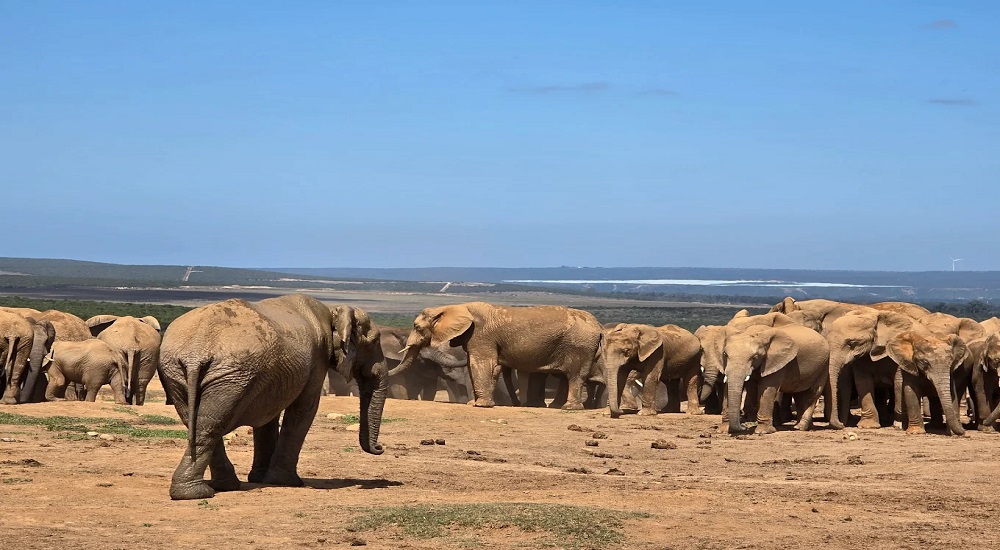Forty-two elephants have been successfully translocated from the main camp in the Addo Elephant National Park to its Kabouga section.
This big move involved various teams of conservationists, wildlife veterinarians, and logistical specialists.
Addo is home to a small and unique elephant population, as it stems from 11 elephants back in the 1930s. It has now grown to over 800.
26 acres of new land to explore. These five elephant families are the first elephants on these lands in over one hundred years. The high mountains and fresh water stream will be more than sufficient for these gentle giants.
SanParks Senior Vet Manager Dr David Zimmermann says, “This relocation is also part of managing the relocation of the elephants by moving them to other areas. We are mimicking a process of dispersion and immigration. So historically elephants would have had access to the mouatins to the kabouga section. They would have been connected to the Gamtoos the Knysna elephant park populations, and even right down to the Western Cape, they were free to move landscape. So by managing the populations, we are linking them to other populations as well.”
The reintroduction of these herbivores is central to the broader conservation vision of repairing degraded ecosystems through species-led restoration.
Conservation manager Addo Elephant National Park Anban Padayachee says, “We know wherever elephants are, they transform and adapt the landscapes for the benefit of all animals. The Albany thicket is synonymous with elephants, it’s one of their key species. We refer to elephants as ecosystem engineers. By that, I mean they change the ecosystem. They open up thick areas, allow other animals access to food, shelter, or access to water.”
According to animal researchers, it’s important to keep the matriarch together with all the offspring.
The oldest of the translocated elephants is 52 years old, and the youngest is only 3 months.
And with their vigilance high, being in a new and strange environment, it is likely that these mammals will try to find their way home.
Zimmermann says, “Even after they are released, they are tranquilised, so we can give them long-acting tranquilisers just to habituate them to the new environment. So, within those first eight to nine days, they are still just getting used to their new environment. The last thing we want to do is to release those animals and then want to come back to the main camp. And animals have an amazing home instinct, they will try to get back to where they came from.”
The elephants have been collared, and their adjustment to the new area will be monitored closely.







